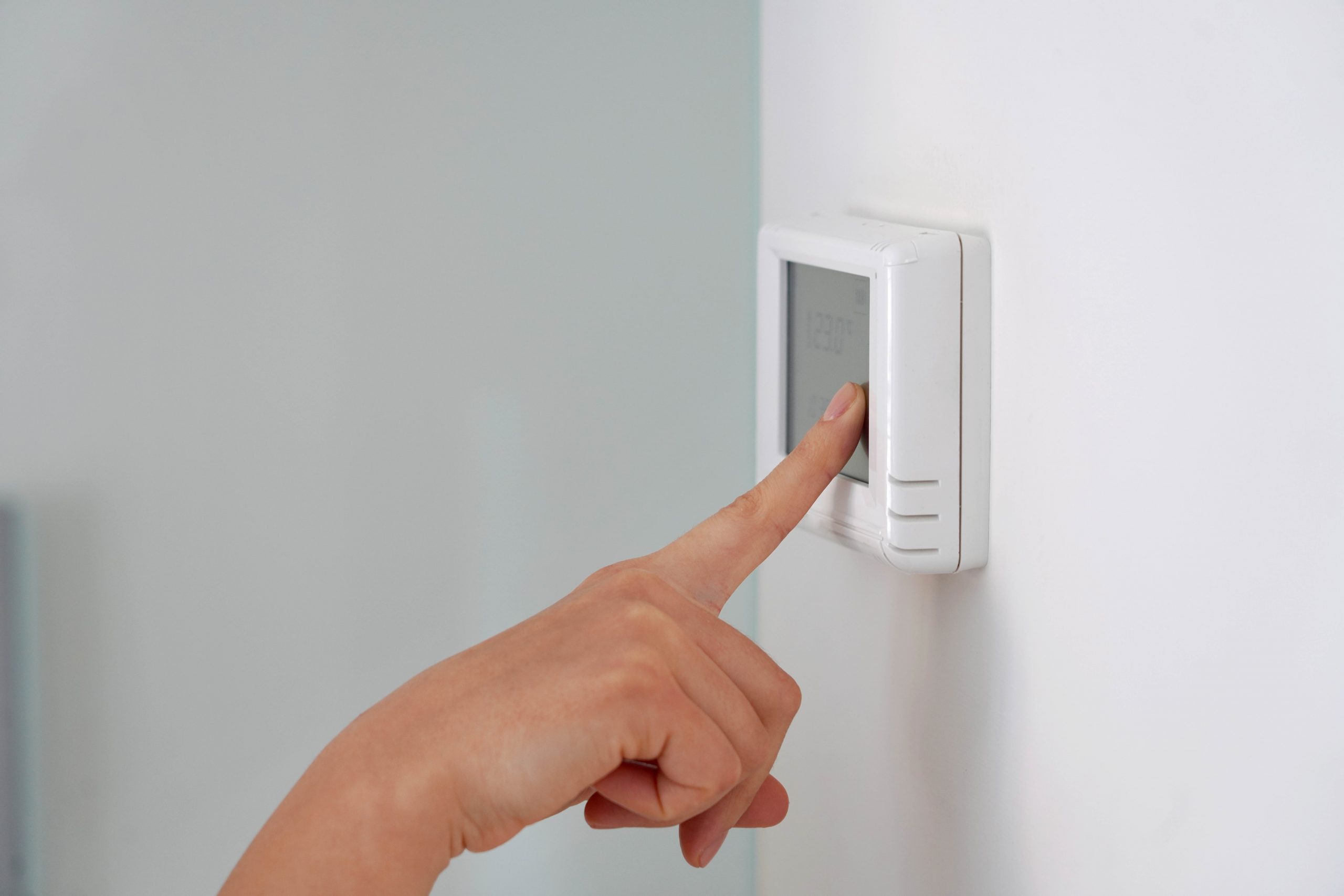If one household expense can leave you hot under the collar or chilled to the bone, it’s the cost of keeping your home at a comfortable temperature. Air conditioning and heating costs are a significant part of your utility bills, but they don’t have to break the bank. Whether you want to save money or make your home more comfortable, you can employ several smart strategies to keep your HVAC system running efficiently.
1. Programmable Thermostat: Installing a programmable thermostat can help you save money on your heating and cooling bills by allowing you to set specific temperatures for different times of the day. For example, you can select the temperature to lower when you are asleep or out of the house and rise when you are home and awake. You may want to consider a Smart thermostat. With advanced features like learning capabilities and remote access, these devices are designed to optimize your HVAC system’s performance and lower energy bills. Use your smartphone to adjust your home’s temperature from anywhere, ensuring you never waste energy heating or cooling an empty house. Some smart thermostats even geofence your area, automatically adjusting the temperature based on your proximity to home.
2. Seal Those Leaks: On average, heating and cooling account for almost half of a home’s energy consumption. One way to reduce energy loss and save money on your heating or cooling bills is to weatherstrip your doors and windows. Weatherstrip will help to keep the cool or warm air inside your home and prevent it from escaping. (Tip: Take simple steps like caulking windows, sealing leaks around chimneys and recessed lighting, and sliding draft guards under your doors to save up to 20% on heating costs.) The minor leaks can be equivalent to leaving open a 3-foot-by-3-foot window.
3. Change Your Air Filters Regularly: Like any other mechanical system, your HVAC unit needs regular maintenance to operate at its best. Neglecting maintenance can lead to decreased efficiency, higher energy costs, and a shorter lifespan for your system. One of the simplest yet most effective maintenance tasks is regularly changing your air filters. Clogged filters can restrict airflow, making your system work harder to push air through and lowering efficiency.
4. Utilize Ceiling Fans: Proper airflow is essential for maintaining a comfortable indoor environment. Ceiling fans, box fans, and window fans can all help circulate air, making a home feel cooler in the summer and warmer in the winter without significantly increasing energy use. Run your ceiling fans counterclockwise in the summer to create a breeze that makes the room feel cooler. In the winter, reverse the direction to circulate warm air that’s risen to the ceiling back down to the living space. Running fans in rooms that are occupied can allow you to set your thermostat a few degrees higher in the summer and lower in the winter. This can provide significant energy savings without sacrificing comfort.
5. Be Mindful of Your Lighting: In the winter, take advantage of natural daylight by opening blinds and curtains during the day. In the summer, do the opposite and close them to keep the heat out. And no matter what time of year it is, use energy-efficient lighting whenever possible. LEDs are a great example of how innovation and technology can make your life easier. They last 25 times longer and consume up to 90 percent less electricity than incandescent bulbs. (Tip: By switching five of your home’s most frequently used bulbs with ENERGY STAR® certified LEDs, it’s possible to save $75 on energy costs annually.)
By making a few upgrades to your home, you’ll save on your utility bills and improve your home’s energy efficiency. When you’re ready to sell your house, these key features will make it even more attractive to potential buyers. Contact the Plane Team at (928) 830-6976 when you are ready to discuss what buyers are looking for regarding energy efficiency options in our area.


 Facebook
Facebook
 X
X
 Pinterest
Pinterest
 Copy Link
Copy Link


